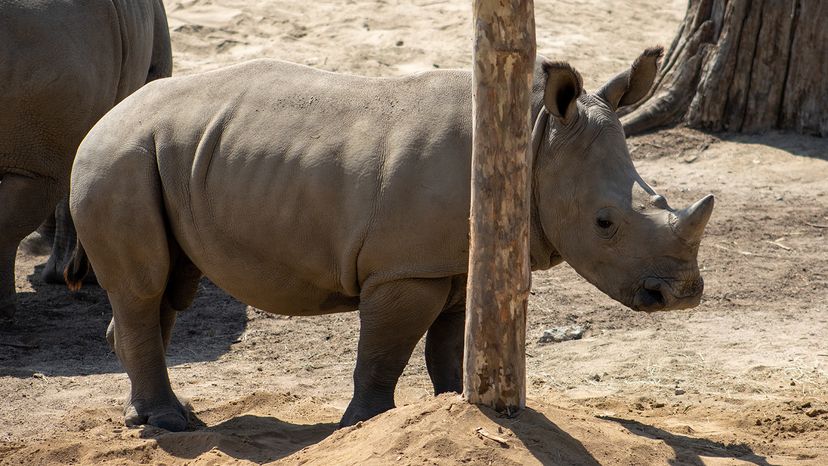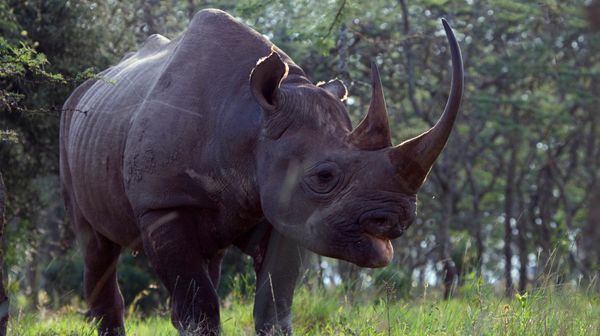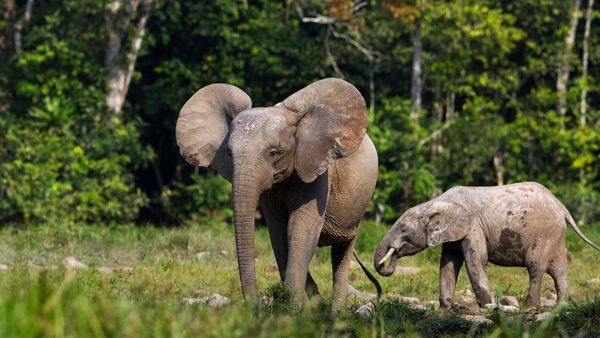The Javan rhino was previously found throughout South and Southeast Asia but is now found in just one national park in Java, Indonesia. Hunting (for its horn) and habitat loss due to human encroachment nearly wiped out the entire species.
Two Javan rhino subspecies are now extinct — Rhinoceros sondaicus inermis of Bangladesh, Myanmar and northeast India, and Rhinoceros sondaicus annamiticus of Cambodia, eastern Thailand, Laos and Vietnam.
The International Union for Conservation of Nature declared the Javan rhino critically endangered in 1996.
Javan Rhino Threats
Today, the main threats are low genetic diversity, loss of food plants and lack of captive breeding.
Arenga palms, or langkap, are fast-growing trees that dominate the forest canopy, preventing other plants — including the plants the Javan rhino eats — from growing. In 2011, conservationists began removing Arenga palms from Ujung Kulon National Park to increase the amount of viable habitat for the rhinos.
Another challenge in Javan rhino conservation is that this rhinoceros has never been bred in captivity. The last captive Javan rhino died in 1907. Without a successful captive breeding program, it will be impossible to increase this critically endangered species' population beyond Ujung Kulon National Park.
With the entire Javan rhino population in one area, the last of the species could be wiped out by a natural disaster or disease.
How Many Javan Rhinos Are There?
The remaining Javan rhino population totals less than 100; it is one of the rarest large mammals in the world. In October 2023, a Javan rhino calf was born in Ujung Kulon National Park, bringing the population total to an estimated 81 individuals as reported by NBC News.


